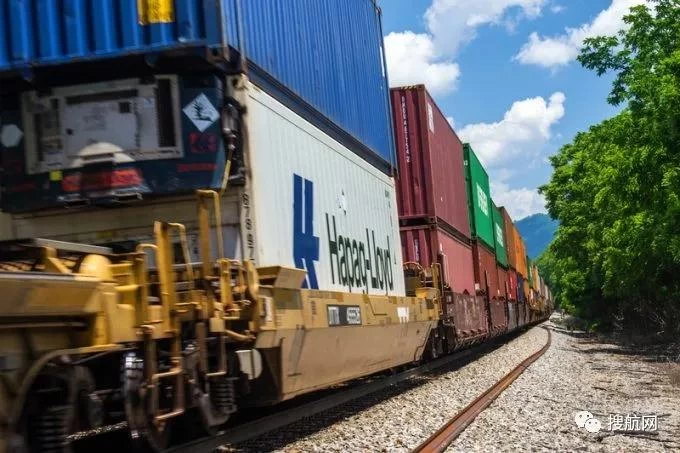Due to port congestion and continued delays, the U.S. railroad transportation is also blocked
Jim
Sunny Worldwide Logistics
2021-04-13 11:42:16
American cargo owners and importers who rely on rail transportation are facing a long period of congestion and delays. Some people lost patience and turned to trucks for transportation. For several months, the Port of Los Angeles-Long Beach has become synonymous with congestion. The problem is expected to continue until at least June, and imports are expected to remain high. However, other parts of the country are also struggling with delays. Due to the congestion of the Chicago area's rail network, containers destined for the Midwest have been trapped in New York/New Jersey ports. Due to the combined effects of multiple factors, several intermodal rail shunting yards in the Chicago area have also been congested.

The problem started in February of this year, when the terminals in New York and New Jersey were closed for 5 days due to weather. According to some reports, Norfolk South is still dealing with a backlog of work. Imports through East Coast ports have increased, partly because importers have moved transportation from Asia to the East Coast in order to avoid delays on the West Coast. Multimodal traffic in the southern Norfolk region increased by 12.4% in March. According to the Multimodal Association of North America, the number of 40-foot containers in the Northeast and Midwest increased by 13.6% in January and February, while the number of multimodal transportation across the country increased by 9.3%. . At the same time, more and more containers continue to pour into Chicago from ports along the Pacific coast, exacerbating the congestion of the railroad yard. Last month, some containers were held in New York/New Jersey for up to 12-24 days. Although these delays have been eased, they are still a headache for importers. The shipping company warned that containers arriving before the end of April may be delayed by two weeks. Therefore, despite the significant increase in costs, truck traffic from the east coast of the United States to the Midwest has increased. In addition, CSX performed better in the northeast than in the south of Norfolk. Tom Boyd, communications manager for Maersk North America, said that the multimodal transport on this route (from the Port Elizabeth container terminal at the APM terminal to CSX) is running well.
Last month, Memphis became a bottleneck for exporters in the southern United States who shipped goods to the ports of Charleston and Savannah. Two first-tier rail carriers serving the area decided to restrict trains departing from Memphis. The number of containers in order to cope with the increase in import levels, which makes it more challenging for them to balance import and export containers at multimodal terminals to reduce congestion. At the same time, delays at the container terminals in Los Angeles and Long Beach added another factor. After the decline in staff productivity due to Covid-19, the shortage of railway carriages is now exacerbating delays with the accumulation of ships in San Pedro Bay, overflowing container yards, and insufficient boxes and carriages. As a result, the turning time of the railway car doubled to about 10 days. According to data from the Pacific Merchant Shipping Association, the average length of stay of railway containers continued to increase in February.

The Ministry of Railways blamed the shortage of railway carriages on the overwhelming load of the system, which was exacerbated by the severe weather in February. In the week ending March 26, U.S. rail traffic increased by 16.1% year-on-year; multimodal transport business increased by 25.8%, after the previous week’s increase of 2.3%. And there is no reduction in transaction volume yet. The National Retail Federation predicts that retail sales will increase by 6.5%-8.2% this year, and it expects that retail sales will reach new highs until at least June. As a result, railway users are facing more challenges: An executive of a project freight company that transports large quantities of very large cargo by rail said that the planned timetable had to be extended. "We must consider these issues when planning. We must also consider the priorities of the railway company." He said.



















